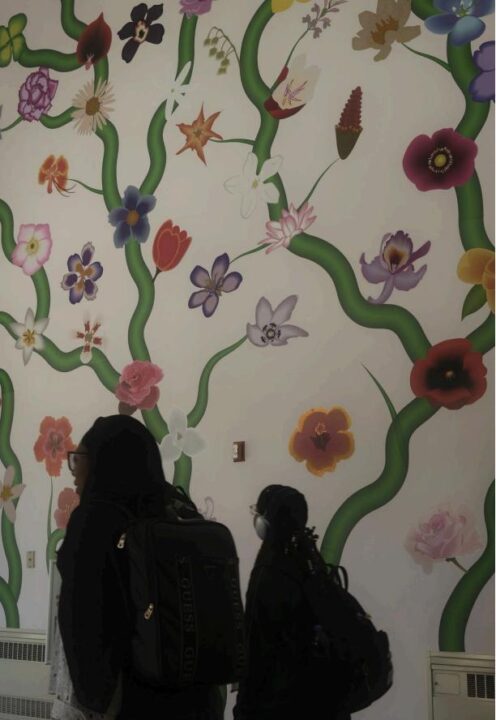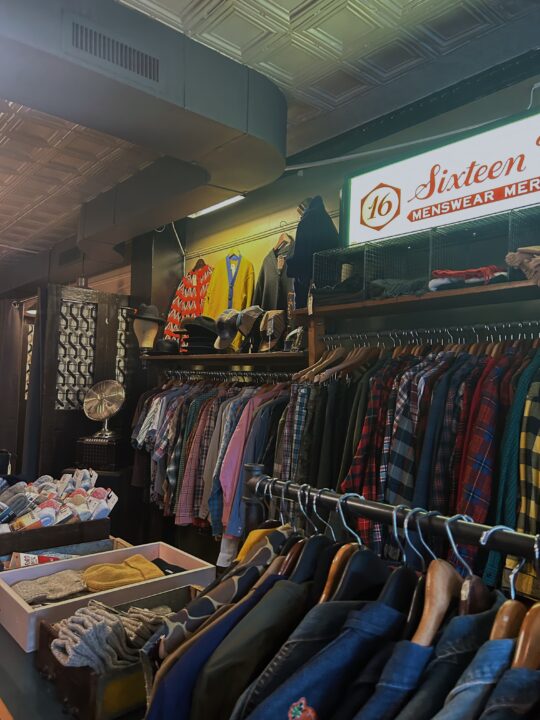Community. That’s the word that comes to mind when hearing the members of the Association of Black Artists (ABA) speak on the heart of their organization. The group officially joined the ranks of UMBC’s 250 plus student organizations in the spring of 2020 with rising junior Media and Communications and Dance double major Joshua Gray serving as President.
“The Association of Black Artists is really a student organization that gathers artists from the different disciplines, so we have performing artists and visual artists,” said Gray, “[The group focuses on] three different things: The first being fellowship, the second being collaborative projects, and the third being engaging in intentional dialogue about the intersectionality between being Black and being an artist.”
As to what inspired him to start the organization, Gray said that creating a space where Black student artists can celebrate and uplift the cultural foundations that inspire their art is important. He added that one of the catalysts for his starting the organization was looking around and realizing that there was no space like ABA in place.
Gray was excited by the prospect of such a group because “when brilliant and talented people get together there’s nothing but the possibility for greatness.” He thought about how that could lead to professional opportunities for development, fellowships and jobs.
When he spoke to peers about his idea, there was immediate excitement and one word came to mind: Finally. Initially Gray actually did not envision himself as leading the organization. He saw himself as the person with the idea but was happy to see someone else bring it to fruition, especially since the work was so important to him while he has many other obligations.
However, eventually, he realized that with such a strong team and initiative to set a standard of accountability with the other leaders of the organization, he could serve as the president and work to make his vision a reality.
The young and ambitious student group has goals to launch a mentorship program wherein ABA’s members can go to high schools and community centers to share their knowledge and enhance what younger people are already doing.
“I always say that being a college student is coming from this amazing place of privilege,” Gray said, “and being able to use that privilege to then feed back to somebody else is very rewarding, and it’s important.”
Though the group already has some ideas in place, beacause it is so new, the spring semester was largely dedicated to setting a tone for the group as well as identifying what the space should be. Monroe Eartha, a rising junior Media and Communications Studies major, was one of the founding members of the organization, serving as Vice President for the spring semester before switching to general membership.
Eartha spoke of ABA’s early meetings as setting expectations for what the organization should be, describing it as “a safe haven to express ourselves and to share our work and collaborate. It’s good to know that you have an expert that you can call and they will support you without judgement.”
She also spoke of the group as a way to change conventions of what black art can be, stating “We came to the conclusion that your work doesn’t have to be about being Black. Because you are Black it is going to be Black art anyway.”
Eartha hopes that the group will encourage artists to explore the range of their experiences as people, expanding the sometimes limited view of Black identity because “there are tons of slavery movies and we don’t need more of that. We can be more than mammies, we can be more than slaves, we need to see that we are more than that. One day we hope to not have to call ourselves black artists and just be artists.”
Like Gray, Eartha spoke of the planned mentorship program as an important part of ABA’s work, citing the impact of art in her own life while she grew up in downtown Baltimore. She recalled art serving as an outlet for her emotions and believes it will be good for kids like her to see that “you can do something that you enjoy and make money from it and inspire others.”
As of now, one of the group’s main goals is to get word out about the organization and get people interested. The organization hopes to spread their influence to other universities in the area, so that the students of institutions like Towson University, Goucher College and Morgan State University know about the space that has been created at UMBC and can develop their own localized spaces for Black artists.
While ABA works to put down their roots and establish themselves, they want people to know that when things return to a semblance of normalcy, there will be a space for creativity to thrive. However, they say that just because there is a physical distance between people, that does not mean that the community of artists stops.
In fact, Gray and Eartha agreed that art can be an important part of responding to times of crisis such as those we face now. They have two messages for artists at the moment. The first is that whoever you are, your art matters. The second is that there are opportunities to use everything at your disposal, including your art, to respond to and even change the world if it is not the way you want it to be.


